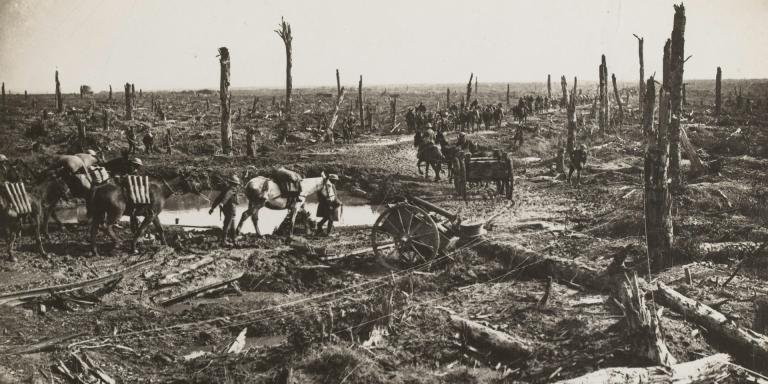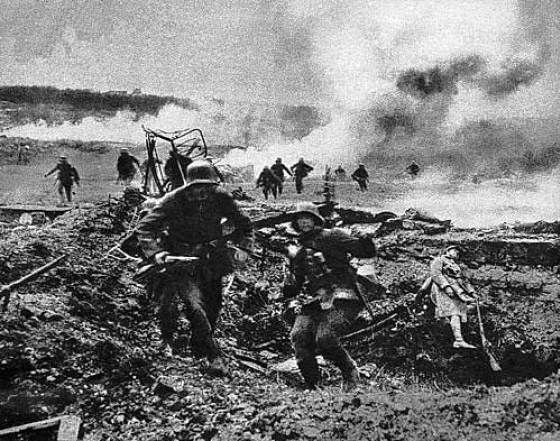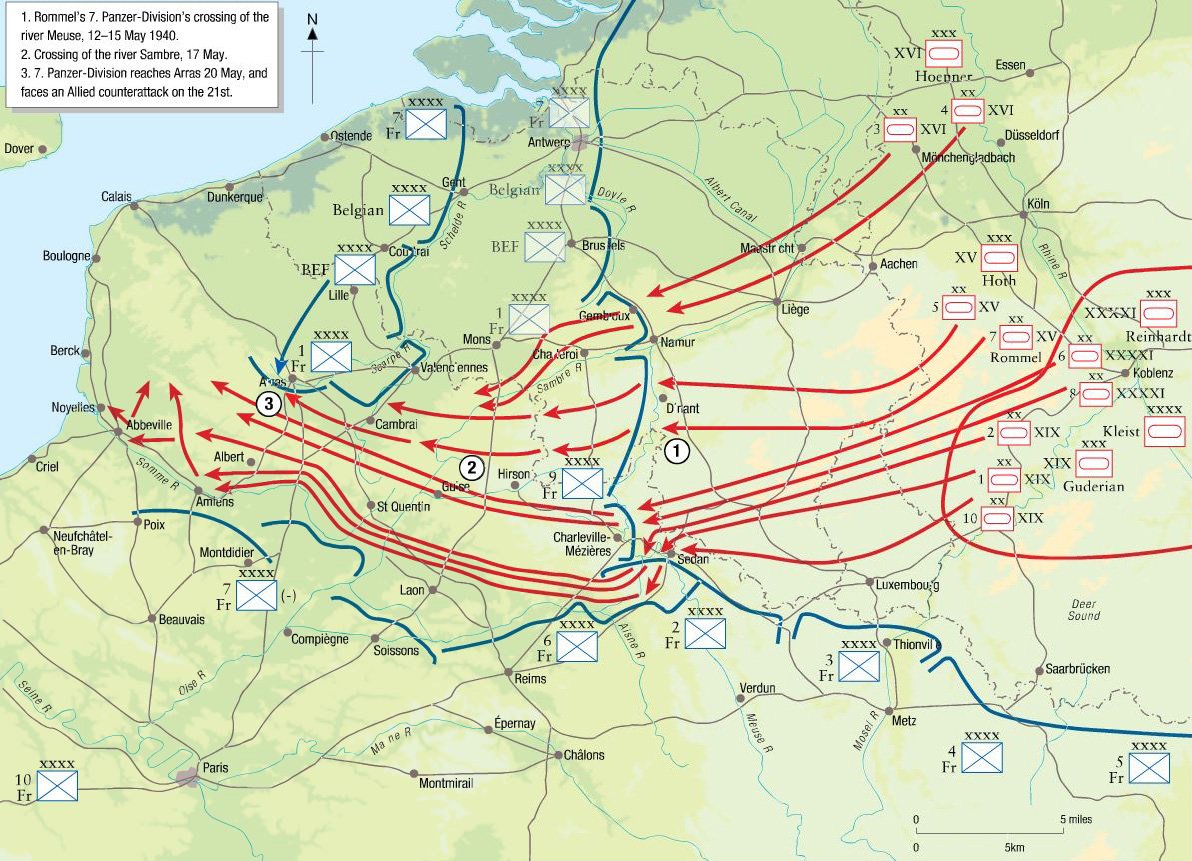Today is the 101st anniversary of the end of WWI.
Machine guns, modern artillery, inflexible generals, and industrial warfare are often blamed for the horrific, pointless slaughter.
But the biggest culprit was something else entirely: logistics.
Thread.
Machine guns, modern artillery, inflexible generals, and industrial warfare are often blamed for the horrific, pointless slaughter.
But the biggest culprit was something else entirely: logistics.
Thread.
Logistics had always been the limiting factor in military operations.
Before the Great War, everything that was used on campaign, from food to tents to tools to ammunition, had to be carried in carts or on men’s backs.
Before the Great War, everything that was used on campaign, from food to tents to tools to ammunition, had to be carried in carts or on men’s backs.
The biggest burden by far was food for men and fodder for animals. Traditionally, this took up ~90% of total weight.
Ammunition, by contrast, took up <1% of supplies by weight. Armies only carried a few 100 rounds per soldier and a few hundred artillery rounds total.
Ammunition, by contrast, took up <1% of supplies by weight. Armies only carried a few 100 rounds per soldier and a few hundred artillery rounds total.
The first months of WWI fit the pattern as each side maneuvered to outflank the other. Neither side expended all that much ammunition.
But once they came into sustained contact, the unprecedented lethality of machine guns and artillery forced them to dig in.
But once they came into sustained contact, the unprecedented lethality of machine guns and artillery forced them to dig in.
This changed the logistical balance. Modern shells were extremely heavy and entrenched forces used massive quantities of them.
The traditional ratio of other supplies to ammunition was 100:1. By the winter of 1914, this ratio reversed.
The traditional ratio of other supplies to ammunition was 100:1. By the winter of 1914, this ratio reversed.
The only way to ensure sufficient supplies was by running trains to the front. As troops fortified their lines, support personnel to the rear laid down tracks to forward depots, just a few miles away from the forward-most positions.
Any successful breakthrough of enemy lines was slowed down by the supply train. Advancing troops had to rely animal-drawn carts traveling over blasted, cratered ground until tracks could be laid to the new forward position.
This gave the enemy plenty of time to fall back to positions in their rear using existing rail lines and were able to start laying fires before the attackers were even set up in their new positions. This meant even successful advances only yielded tiny gains.
World War I was so bloody because it occurred at a unique historical moment: after the invention of rail and modern weapons but before motorized armies. The defense was nearly invincible while the offense could not exploit success.
In other words, it was almost inevitable that the war would become a bloody, drawn-out slugfest. Barring an early victory by either side, the only way to win was by grinding the other side down through attrition.
The invention of the tank completely changed all this. Initial clashes resembled WWI battles, but once the Germans made a breakthrough, their armor would punch deep into the rear and start attacking vulnerable enemy logistics infrastructure.
The invasions of Poland and France still depended mostly on animal-drawn supply, but when Panzer units outstripped their support, they started cannibalizing themselves for parts and fuel. Even greatly diminished armor units could do a lot of damage in the rear.
All of which is to say that the dynamics of each war are completely different from the last, all the more so during times of rapid technological change. There is no way of telling how a war will end up until it is well underway.

 Read on Twitter
Read on Twitter











